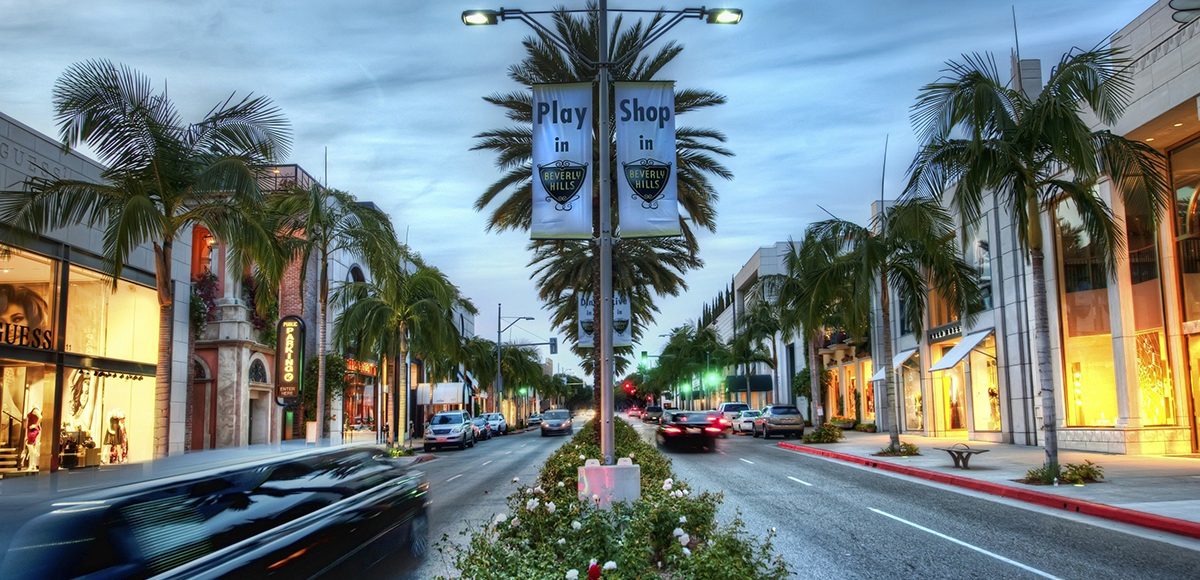The Beverly Hills City Council met May 4 to discuss testing measures the City could enact as it prepares to reopen further in the wake of the continuing COVID-19 pandemic.
“The virus has taken a dramatic toll on our community and has changed lives forever,” Mayor Lester Friedman stated at the beginning of Monday’s Joint Special Meeting of the City Council and the Health and Safety Commission in conjunction with the Medical Advisory Task Force.
While the number of infected in Beverly Hills, 116 (0.3 percent of the population), may not ostensibly appear to be staggering, the City has one of the highest rates of infection in the county according to the Los Angeles County Department of Public Health. As the City begins to reopen, the number of people coming into this town of 35,000 residents is expected to gradually increase toward the 250,000 average daily population before the pandemic prompted the governor to issue the Stay at Home mandate on March 16.
In looking to reopen the state, on April 28 Gov. Gavin Newsom highlighted the fundamental importance of having the ability to monitor and protect communities through testing, contact tracing, isolating, and supporting those who are positive or exposed, which he characterized as the first key indicator that would guide his decision in reopening the state. The Council did not advise staff to devote more resources toward COVID-19 testing and contact tracing by the close of Monday’s meeting.
“In order to meet this indicator, the state and Los Angeles County need to be prepared to test everyone who is symptomatic and to have the ability to identify the close contacts of those who are positive to reduce further transmission,” stated a staff report authored by Policy and Management Analyst Cindy Owens, which was presented to City Council on May 4. The county does not currently provide information on who is positive nor inform cities of the number of deaths that have occurred in their jurisdiction, according to the report.
Currently, L.A. County is performing approximately 10,000 swab tests a day to determine if people are infected with the virus. Countywide, there are 35 official testing sites, the closest of which are at Cedars-Sinai and the Veteran’s Hospital, in addition to offerings available at local healthcare providers and urgent care facilities. The Beverly Hills Fire Department’s Nurse Practitioner Program also has the capacity to perform tests. Approximately 10 percent of those tested at the Cedars-Sinai location are residents of Beverly Hills according to Owens.
Beverly Hilton General Manager Sandy Murphy used the public comment portion of Monday’s meeting to urge the City Council to explore setting up testing facilities in Beverly Hills. According to Owens’ report, if the swab is tested on site, a positive detection can be made in as little as five minutes. A negative test can take up to 15 minutes.
“As we look to start to bring back employees, the issue of testing is paramount,” Murphy told the council, highlighting her concern about the availability of testing and access. Being able to test employees for COVID-19 will be paramount to ensuring the safety of both staff and hotel patrons.
Officials believe that the number of people in the population who are infected with COVID-19 is significantly higher than what is being reported due to under-testing, a fact which Health and Safety Commissioner Lee H. Hilborne, M.D. highlighted during the meeting.
“Going forward we are likely to have a resurgence,” predicted Medical Advisory Task Force Member Dr. Jonathan Fielding, a professor in UCLA’s School of Medicine. As the City reopens, he suggested that measures be put in place so that everyone who enters an office building has their temperature taken and is asked a series of questions.
“Testing is absolutely critical, both for diagnosis and for surveillance and if we don’t get that in large quantities, we’re still going to be asking these questions months from now and that’s terrible,” Fielding said.
Health and Safety Commissioner Kirk Chang, M.D., who is also a member of the City’s Medical Advisory Task Force, likewise underscored the importance of prophylactic measures to curb the spread of the virus.
“It’s important to note that these screening questions and temperature checks were developed and refined in Asia after the SARS outbreak in 2003,” he said. “One of biggest impacts on the public was that if people knew they would be screened at work, in a restaurant or at the movies, than they were that much more likely to just stay home and not go out if they weren’t feeling well.”







